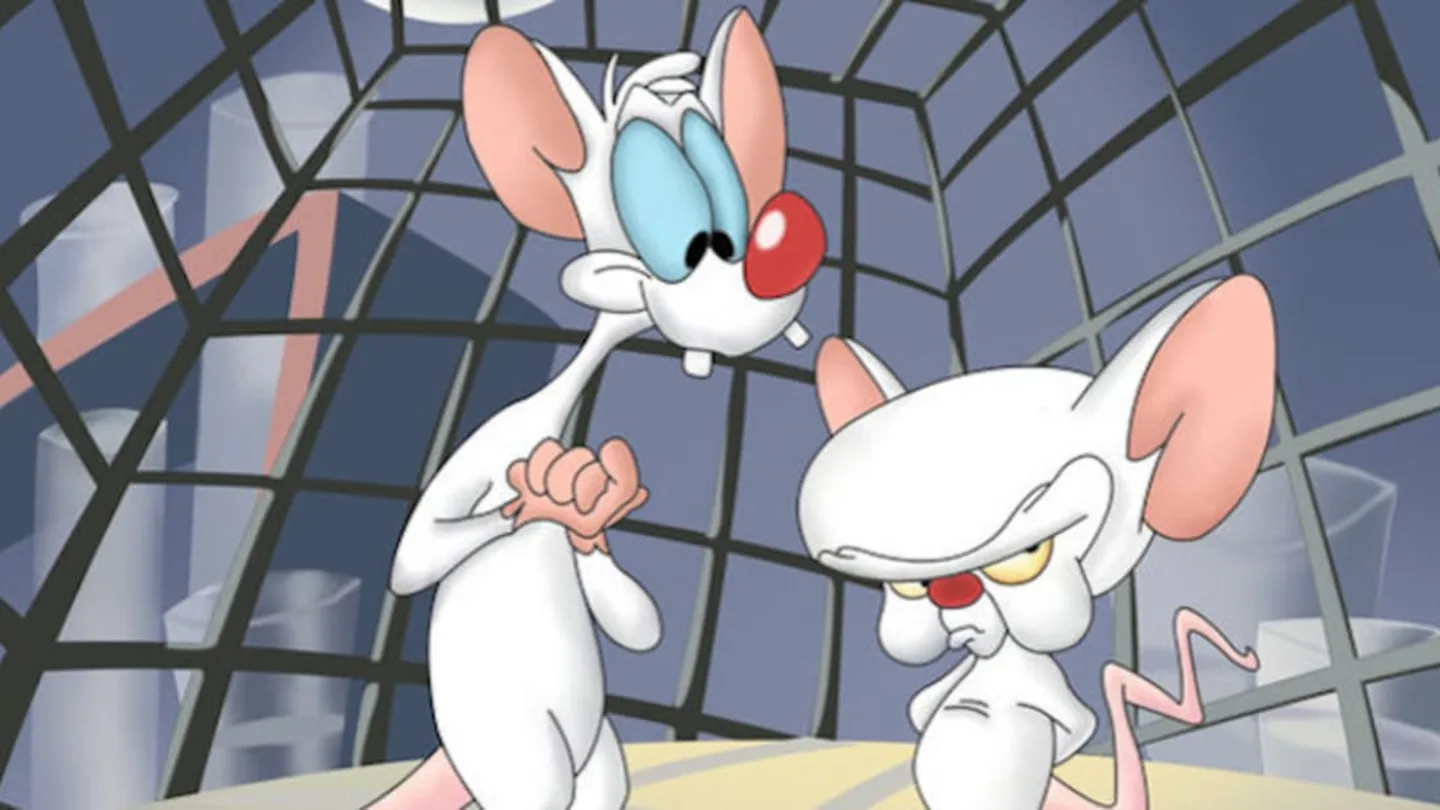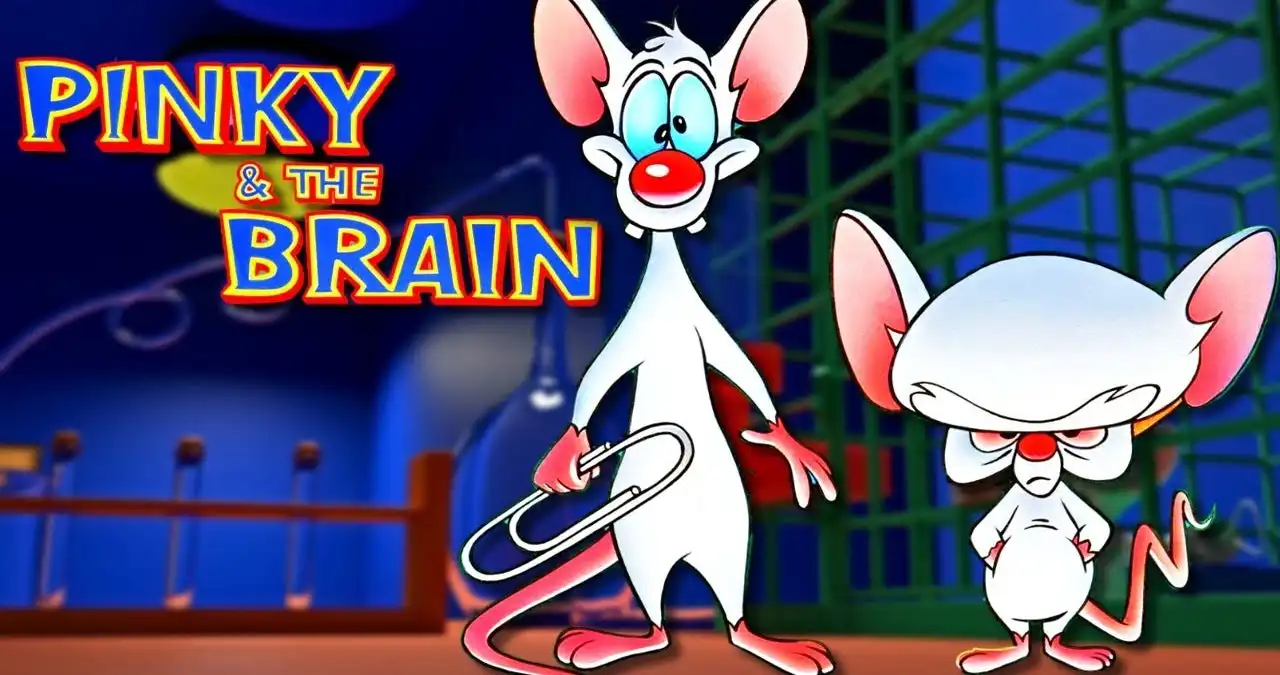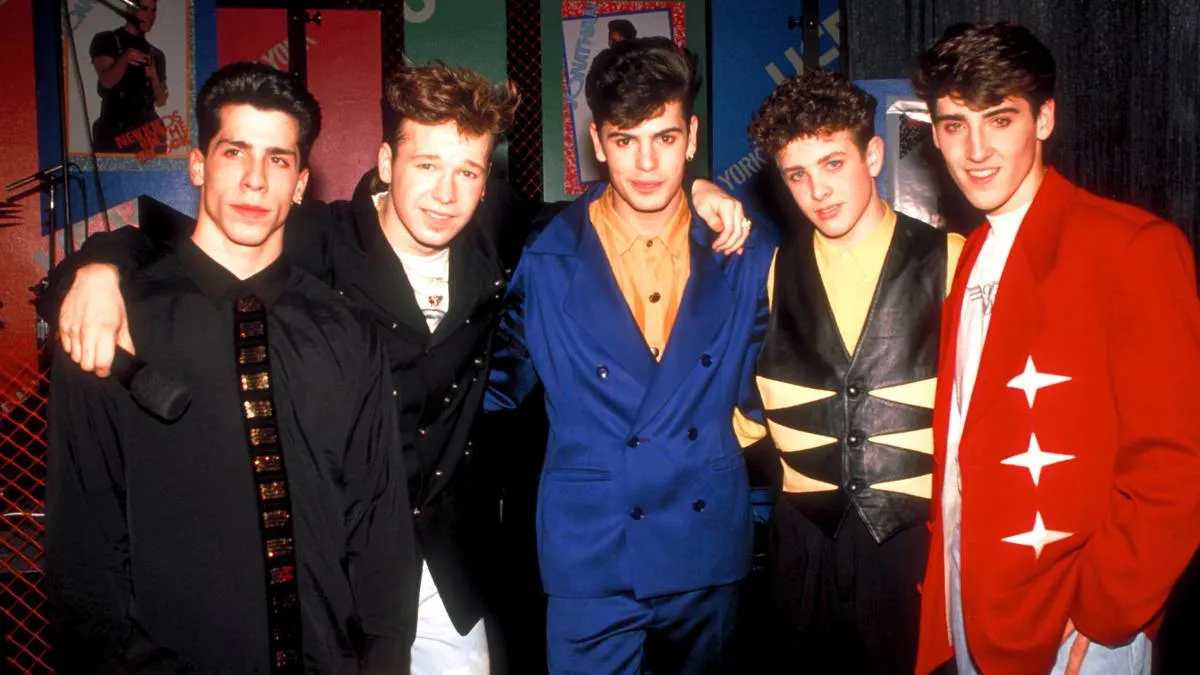Take a nostalgic journey into the world of Pinky and the Brain, the beloved animated duo known for their nightly plans to take over the world. Discover facts, themes, and timeless appeal.
The Animated Icons That Took Over Our Minds
When you think about animated duos that have left an indelible mark on pop culture, Pinky and the Brain immediately spring to mind. Whether you’re a fan of classic cartoons or just someone with a love for quirky genius, this pair of lab mice has likely graced your screen at some point. The show’s charm lies not just in its slapstick humor or catchy theme song but in its brilliant satire and surprisingly layered storytelling.
The premise is simple: each episode follows the same routine—Brain, the short and scheming genius mouse, comes up with a new plan to take over the world, and Pinky, the tall and delightfully dimwitted companion, inevitably derails it. But the magic lies in how this formula never feels stale. Instead, it becomes a vehicle for clever writing, hilarious references, and poignant moments.
Origins and Legacy of Pinky and the Brain
Pinky and the Brain started as a segment on the hit show Animaniacs in the early ’90s. Created by Tom Ruegger and produced by Steven Spielberg’s Amblin Entertainment, the segment quickly gained popularity for its witty humor and unique characters. It wasn’t long before the duo earned their own spin-off show in 1995, which continued to captivate audiences with its sharp writing and memorable catchphrases.
The legacy of Pinky and the Brain extends far beyond Saturday morning cartoons. It represents a golden era of animated television where intelligence and comedy coexisted. The show’s blend of highbrow humor, cultural references, and zany antics made it appealing to both kids and adults. Even today, it’s quoted in memes, referenced in sitcoms, and fondly remembered by fans across generations.
Understanding the Characters: Brain the Genius, Pinky the Heart
Brain is a genetically enhanced mouse with an intellect that rivals even the greatest minds in fiction. His ambition knows no bounds, and his calculated plans are often laced with historical references and political satire. Brain’s demeanor is serious, meticulous, and borderline narcissistic, which makes him both hilarious and tragic.
Pinky, on the other hand, is the exact opposite. He’s goofy, innocent, and blissfully unaware of the complexities of Brain’s plans. Yet, there’s a charm in Pinky’s simplicity. He often provides the emotional balance to Brain’s cold logic. In some episodes, Pinky even shows surprising depth, making viewers question whether he’s really as clueless as he seems.
Together, they form a perfect yin and yang. Brain is all logic, Pinky is all emotion. Brain schemes, Pinky dreams. Their chemistry is what drives the show’s enduring popularity. Their dynamic isn’t just comedic—it’s deeply human.
Catchphrases That Became Cultural Staples

One of the most iconic parts of the show is its catchphrases. If you’ve ever heard someone say, “Are you pondering what I’m pondering?” you’ve been touched by the brilliance of Pinky and the Brain. These repeated lines aren’t just funny—they’re comforting, like a familiar tune you can’t help but hum.
Pinky’s responses to Brain’s pondering question are particularly memorable. From “I think so, Brain, but where are we going to find rubber pants our size?” to “I think so, Brain, but me and Pippi Longstocking… I mean, what would the children look like?”, these lines showcase the show’s surreal humor and Pinky’s wild imagination. They also emphasize the stark contrast between Pinky’s randomness and Brain’s rigid focus.
Cultural References and Clever Satire
One of the reasons Pinky and the Brain stood out from other cartoons of its time was its rich tapestry of cultural references. The show never shied away from parodying real-life figures, events, or institutions. Whether it was spoofing Hollywood, politics, or scientific breakthroughs, the show maintained a sharp edge that appealed to older viewers while keeping younger ones entertained with slapstick.
You might find a young viewer laughing at Pinky’s silly dance while an adult chuckles at a reference to Kafka or Orwell. This multilayered writing made the show unique. It also ensured that Pinky and the Brain aged well, as many of the jokes remain relevant or even more impactful today.
Impact on Pop Culture and Memes
The influence of Pinky and the Brain extends well into internet culture. The show’s catchphrases and expressions have found new life in memes, GIFs, and social media posts. Brain’s scheming expressions and Pinky’s blank stares are relatable in countless scenarios, from Monday morning meetings to failed New Year’s resolutions.
In a digital age where nostalgia is currency, Pinky and the Brain memes strike a perfect balance between humor and memory. They evoke a sense of familiarity while adapting to modern sensibilities. Whether it’s Brain plotting like a start-up CEO or Pinky being every distracted friend ever, their relevance is evergreen.
Themes That Resonate Beyond Childhood
Despite being a cartoon, Pinky and the Brain explores themes that are universally relatable. Ambition, failure, friendship, and identity are central to nearly every episode. Brain’s tireless pursuit of world domination is a satirical take on ambition without empathy. Pinky’s carefree attitude is a reminder of the joys of living in the moment.
These themes go deeper than mere entertainment. Brain’s constant failure, despite his intelligence, highlights the importance of adaptability and humility. Pinky’s unwavering support teaches us about loyalty and the value of emotional intelligence. It’s a rare show where both characters are flawed yet lovable, making them profoundly human.
The Voice Behind the Genius and the Goof
Rob Paulsen and Maurice LaMarche brought Pinky and the Brain to life with their iconic voice work. Paulsen’s high-pitched, eccentric tone gave Pinky his lovable weirdness, while LaMarche’s Orson Welles-inspired baritone added gravitas to Brain’s persona. Their chemistry was palpable, even in animated form.
Voice acting played a pivotal role in the success of the show. It wasn’t just about mimicking tones; it was about injecting emotion, pacing, and nuance into each line. The performances made the characters feel real and relatable, which helped the show transcend its animated roots and reach iconic status.
Reboots, Revivals, and the Everlasting Appeal

With the success of nostalgic reboots, Pinky and the Brain was reintroduced in the Animaniacs reboot in 2020. The revival brought updated visuals while keeping the core essence of the characters intact. The show once again found its place in a world where smart comedy is cherished more than ever.
The revival also offered commentary on current affairs, staying true to its roots of satire and relevance. Whether you’re a lifelong fan or a new viewer, the reboot provided a bridge between generations—reaffirming the timeless appeal of Pinky and the Brain.
Fan Theories and Hidden Messages
Over the years, fans have speculated on deeper meanings and possible hidden messages in the show. Some believe Pinky is the real genius, subtly sabotaging Brain’s plans to save the world from dictatorship. Others think the lab itself is a metaphor for the futility of control and over-planning.
These theories, while speculative, show just how much depth the show had. It sparked imagination and discussion, which is a hallmark of any truly great piece of storytelling. Whether intentional or not, the layers of interpretation make Pinky and the Brain endlessly fascinating.
FAQs About Pinky and the Brain
Q: What is Pinky and the Brain about?
A: It’s about two lab mice—Brain, a genius, and Pinky, his silly sidekick—who try to take over the world in every episode, usually with hilarious and disastrous results.
Q: Who created Pinky and the Brain?
A: It was created by Tom Ruegger and originally appeared as a segment on Animaniacs, later spinning off into its own series.
Q: Are Pinky and the Brain brothers?
A: No, they’re not brothers. They are genetically modified lab mice who became friends in the lab where they live.
Q: What makes the show still popular today?
A: The clever writing, cultural satire, iconic voice acting, and relatable themes of ambition, failure, and friendship keep it relevant even decades later.
Q: Is Pinky really dumb?
A: While Pinky often acts silly, many fans believe he has a deeper intelligence, possibly emotional or intuitive, which balances Brain’s logic.
Q: Why do Brain’s plans always fail?
A: That’s part of the comedic formula. His plans fail due to Pinky’s antics, unforeseen circumstances, or his own flaws. It reflects the show’s theme of the unpredictability of life.
Conclusion: More Than Just a Cartoon
Pinky and the Brain is more than a nostalgic trip; it’s a cleverly crafted tale of ambition, friendship, and the absurdity of overreaching dreams. It’s a show that never condescended to its audience, offering layers of meaning and joy that resonate across ages. Whether you’re pondering global conquest or just need a laugh, this iconic duo has something for everyone.




